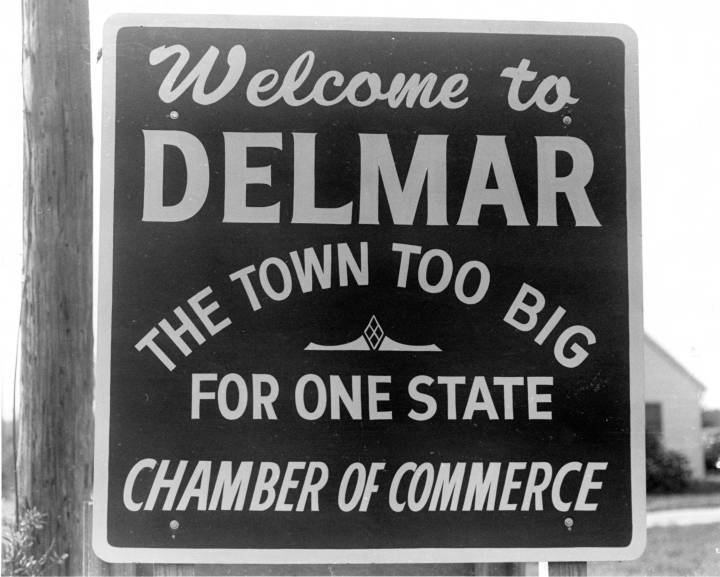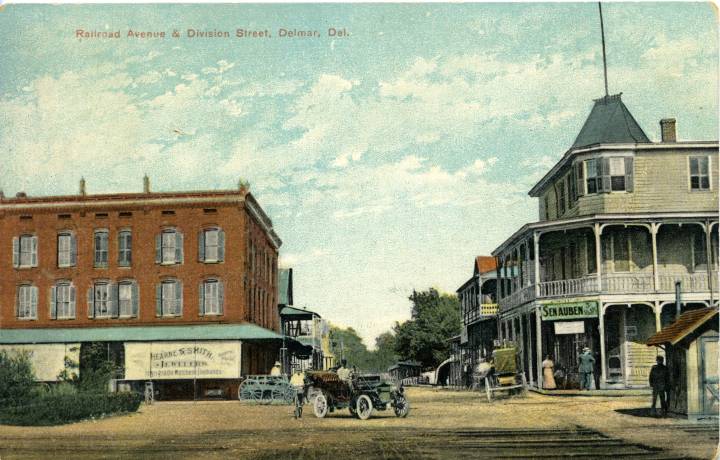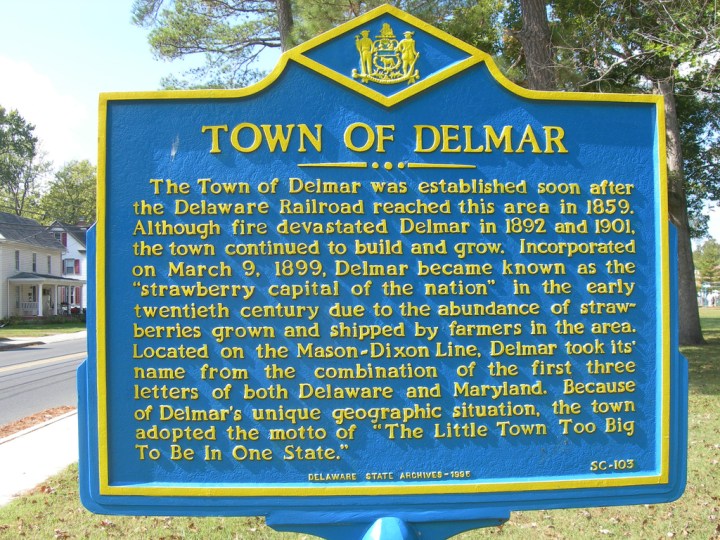The One Delaware Town With The Most Intriguing And Almost Unbelievable History
Looking for things to do in Delmar Delaware? This unique town spans the southern border between Delaware and Maryland, seamlessly blending two states in one location. Delmar’s jurisdictional fluidity has enabled joint ventures, such as a shared sewage system in 1927, and eventually, the unification of the two school systems in 1949 despite strong opposition. This little town boasts an incredible history that reflects its resilience and determination. Dive into the fascinating story of Delmar below and discover what makes it so special.





The burned district extends from Grove street on the north, down Railroad avenue on the west three squares south to Elizabeth street, east from Railroad avenue two squares to Second street. In this territory stood every business house, the hotel, Methodist Episcopal Church and the railroad station, all of which were burned. The fire did no damage west of the railroad track. The origin of the conflagration is supposed to have been the igniting of a match by a mouse in an old sugar barrel which stood in the hall on the second floor of the post office building.
The Salisbury fire service responded promptly to an appeal for help, but owing to the fact Delmar is an inland town, with no artificial water supply, and having no natural streams nearer than two miles, our boys could do little toward keeping up a stream of water. What water they did get was drawn off the tanks of a number of engines.
The town rebuilt, but by 1901, another devastating fire swept through the town and again burned it to the ground. The town's residents rebuilt it, and it was quickly thriving again. It wasn't until 1911 that the town had its own water pumps for fire suppression.




Have you ever been to Delmar DE? Let us know how you enjoyed this historic town in the comments section below.
Delaware’s small towns really have some amazing history behind them. If you love the story of Delmar’s resilience, you might enjoy reading about the history of other small towns in Delaware.
OnlyInYourState may earn compensation through affiliate links in this article. As an Amazon Associate, we earn from qualifying purchases.
More to Explore
things to do in Delmar Delaware
Is Delmar in Delaware or Maryland?
- Delmar is a unique and intriguing town that straddles both Delaware and Maryland, offering visitors the rare opportunity to experience two states simultaneously. While it is partly located in Sussex County, Delaware, it also extends into Wicomico County, Maryland. This duality has shaped Delmar's history, fostering cooperation and joint ventures between the two states. As you explore the town, you'll notice its seamless blend of state identities, giving Delmar a distinct charm that sets it apart from other destinations.
What is the most beautiful beach in Delaware?
- Delaware boasts a number of beautiful beaches, each with its own charm and attractions. One of the most picturesque and popular is Rehoboth Beach, often referred to as the "Nation's Summer Capital" due to its popularity among tourists from the Washington, D.C. area. Rehoboth Beach features a pristine sandy shoreline, a lively boardwalk with shops, restaurants, and entertainment, as well as a welcoming atmosphere for families and beach enthusiasts alike. Its scenic beauty and array of amenities make Rehoboth Beach a standout destination in Delaware.
What are some other fun things to do in Delmar Delaware?
- Beyond exploring its fascinating history, there are plenty of enjoyable activities to experience in Delmar, Delaware. The town offers a range of recreational opportunities, such as:
- Trap Pond State Park, where you can kayak or canoe through serene bald cypress tree-laden waterways or hike and picnic in the lush surroundings.
- The Mason-Dixon Crown Stone, a historical marker denoting the boundary between Delaware and Maryland, is a unique site for history buffs to visit.
- Delmar also hosts various community events throughout the year, such as the annual Heritage Day celebration, which features live music, food vendors, and family-friendly activities, allowing visitors to engage with the local culture and spirit.




